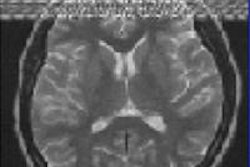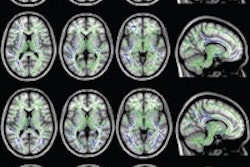Dear MRI Insider,
Can you differentiate a random motion artifact from a periodic motion artifact? And can you spot a zipper artifact and work out the most likely cause?
For everybody involved with MRI, keeping up to date on the appearance of artifacts is an essential requirement because often they can obscure and be mistaken for pathology. This leads to false negatives and false positives. A group of Portuguese researchers gave a refresher course on this topic at ECR 2015. Click here to learn more.
This week's second article is about a Dutch team that has used diffusion-tensor MRI to identify damaged white matter in the brain. Their work may help to pinpoint the early onset of Alzheimer's disease, as well as the start of two atypical forms of the condition. Get the details here.
At the recent German Radiology Congress held in Hamburg, one of the key scientific presentations was about MR elastography (MRE). Dr. Thomas Elgeti, from the Charité Universitätsmedizin Berlin, described how the cardiac muscle is exposed to low-frequency acoustic vibration, causing a mechanical change in the tissue that can be measured using MRE. To find out more, click here.
As part of Germany's National Cohort health study, an impressive 30,000 subjects will undergo MRI scans. For the full story, click here.
This letter features only a few of the many articles posted over recent weeks in the MRI Community. Please do check out the rest of our coverage below this message.


















